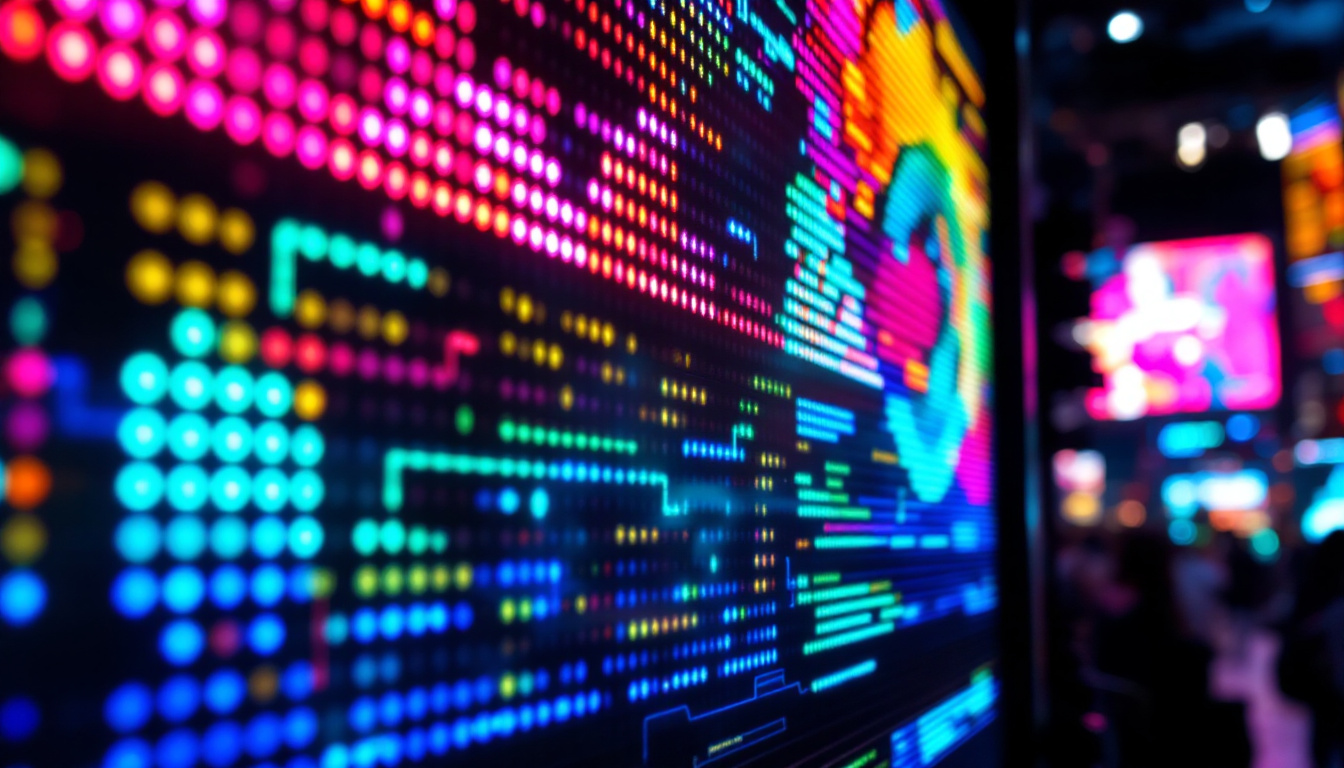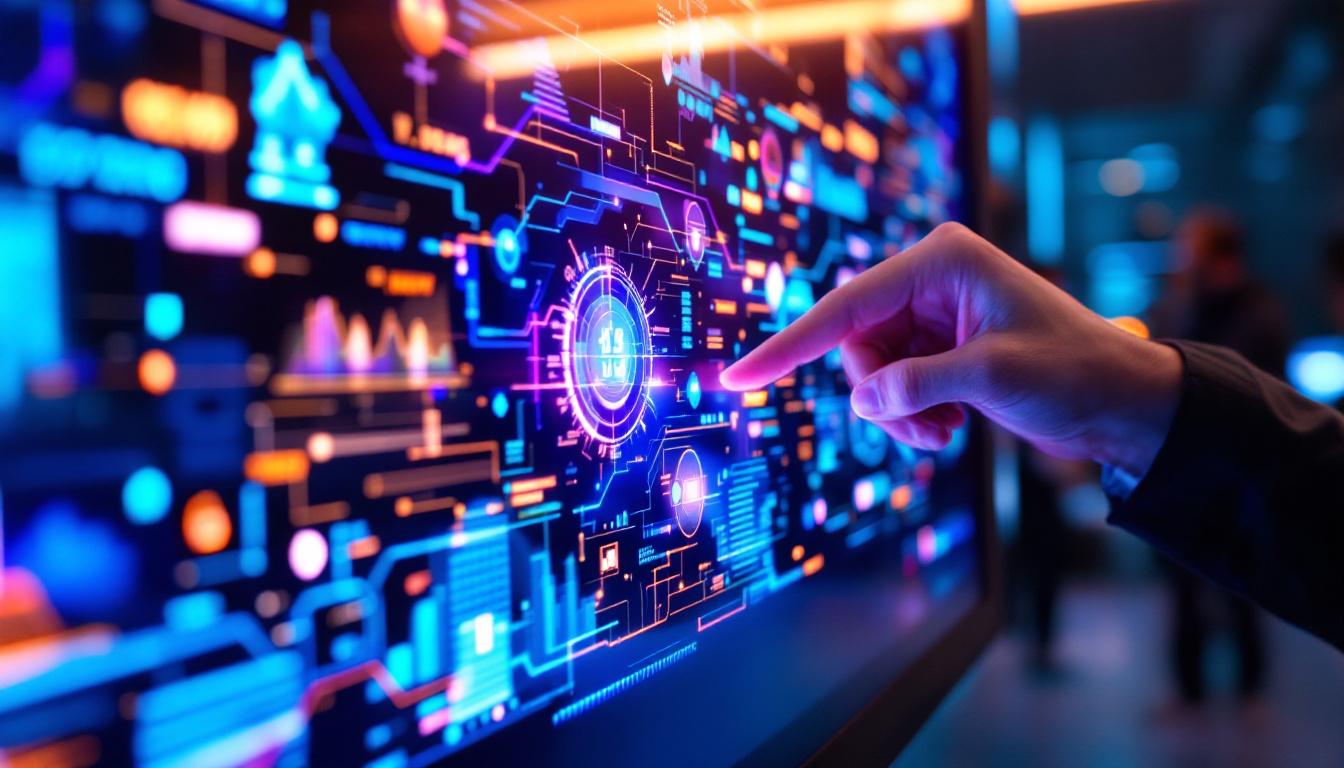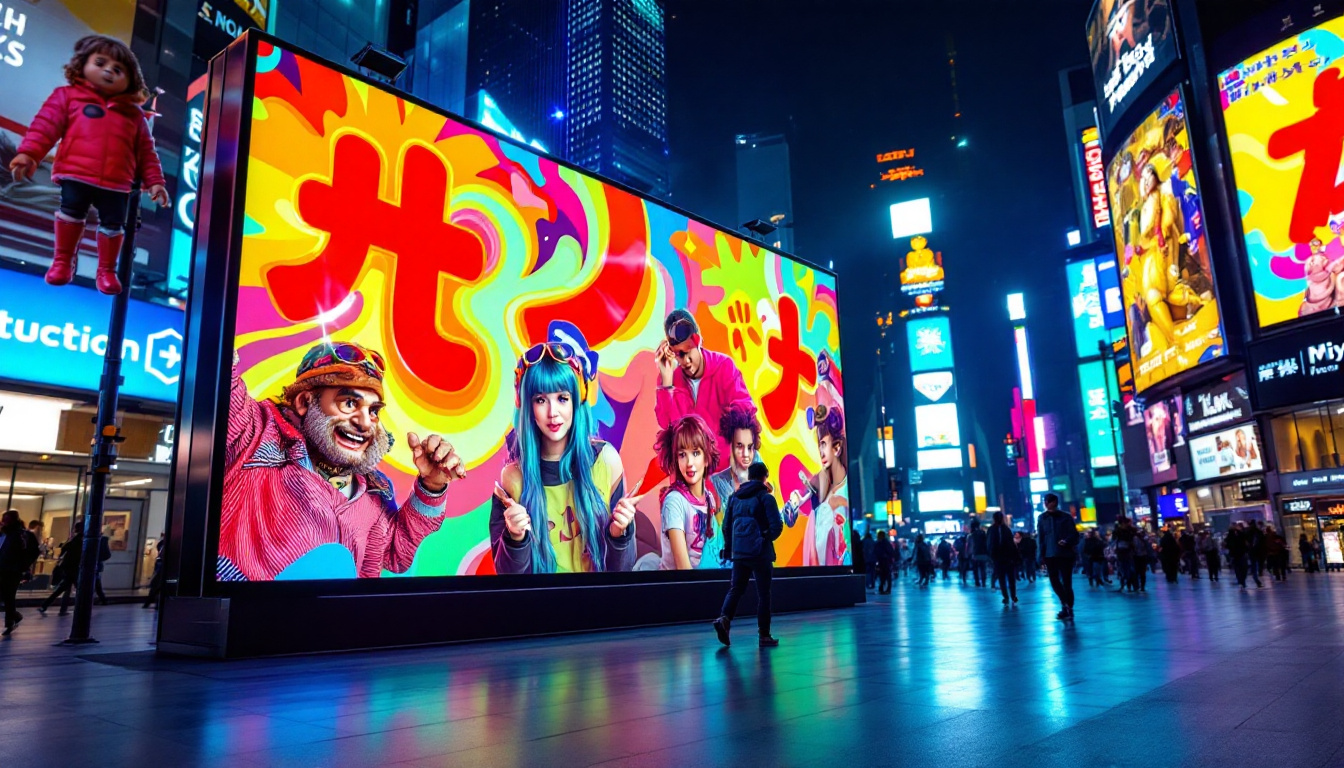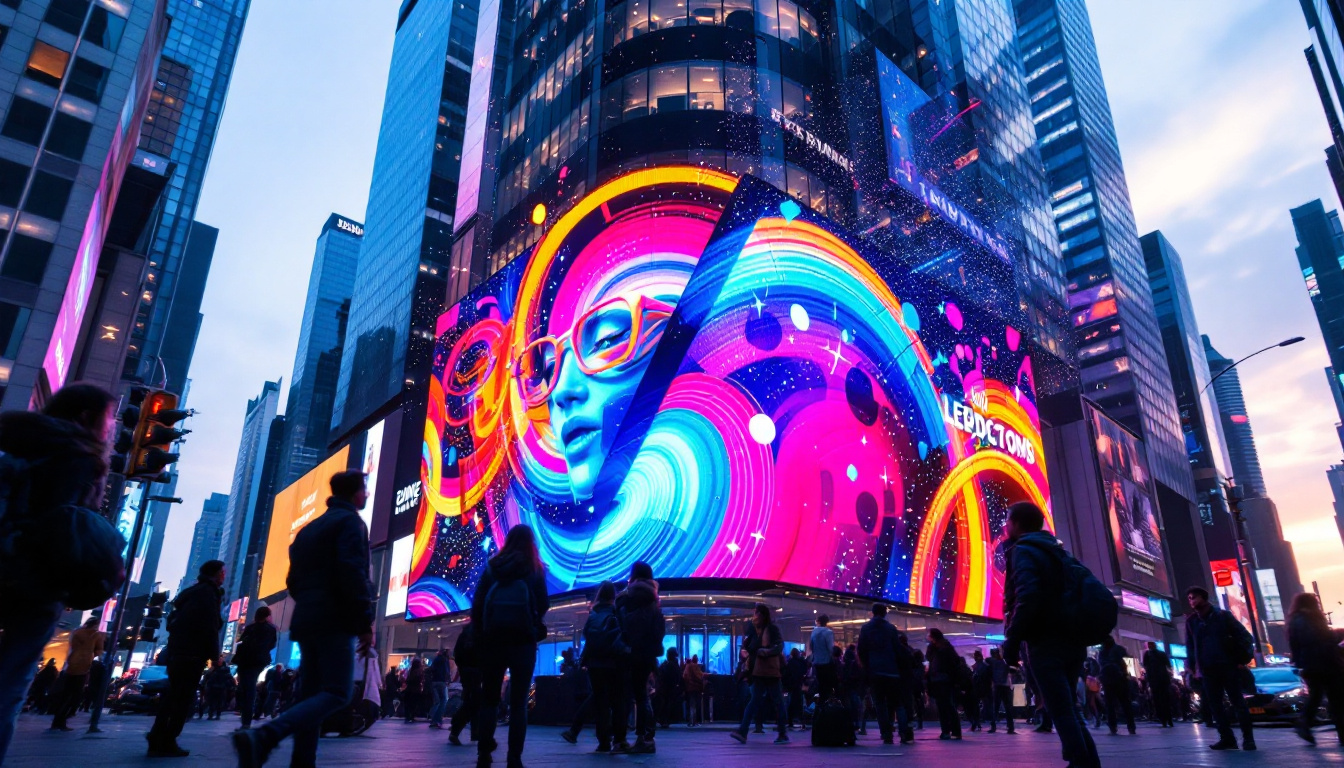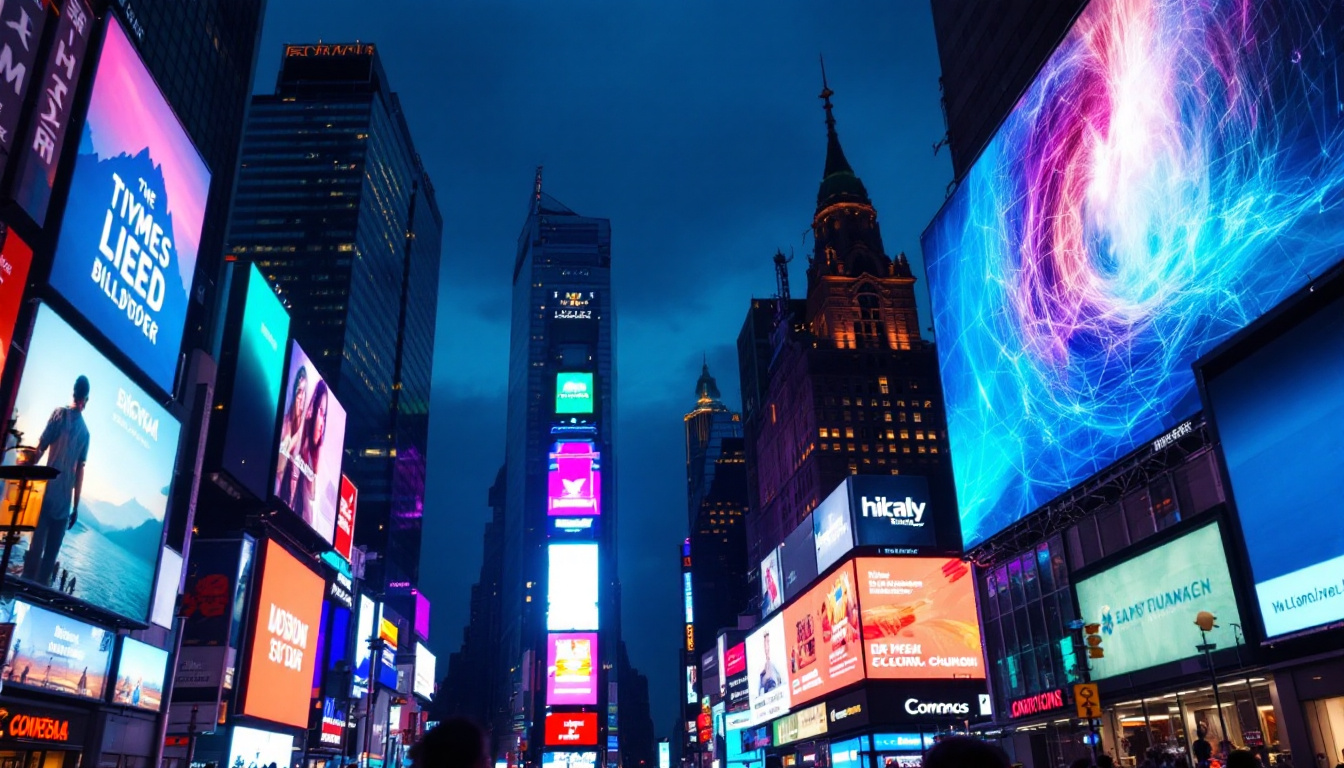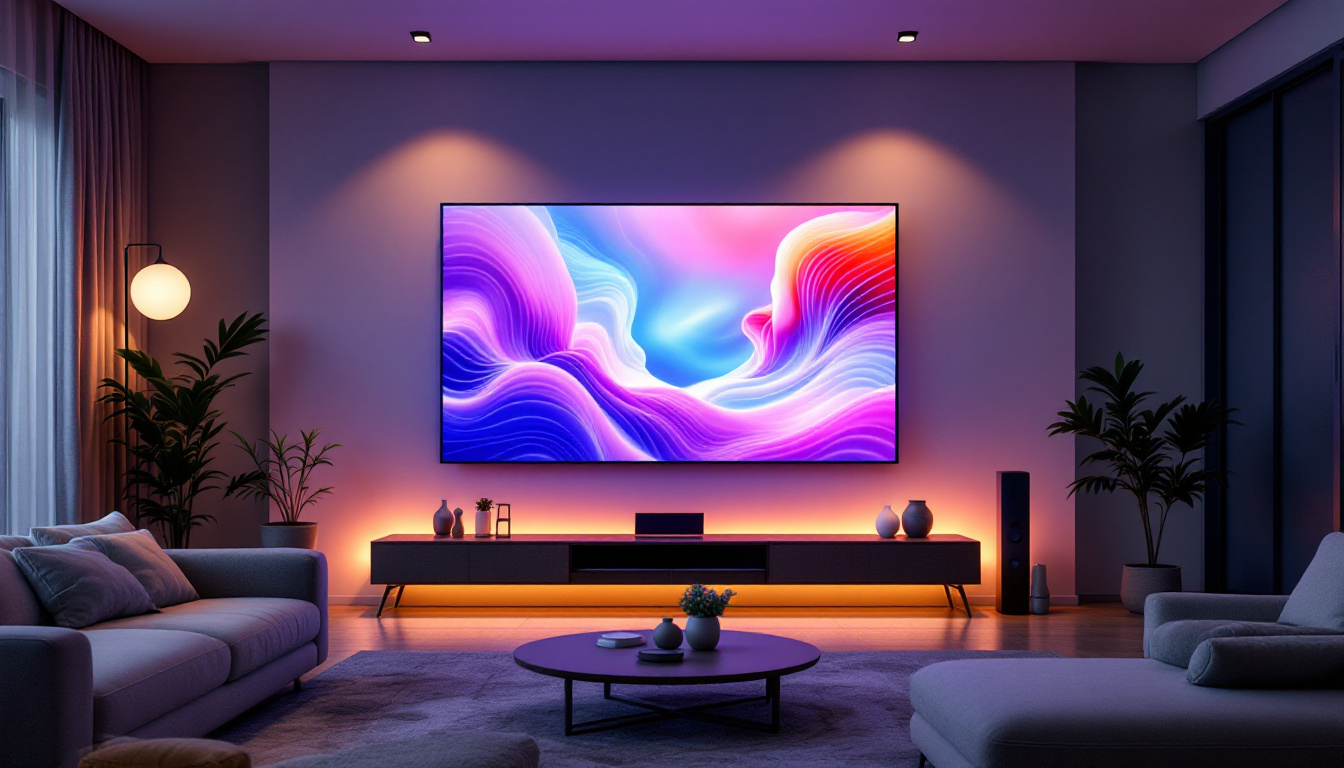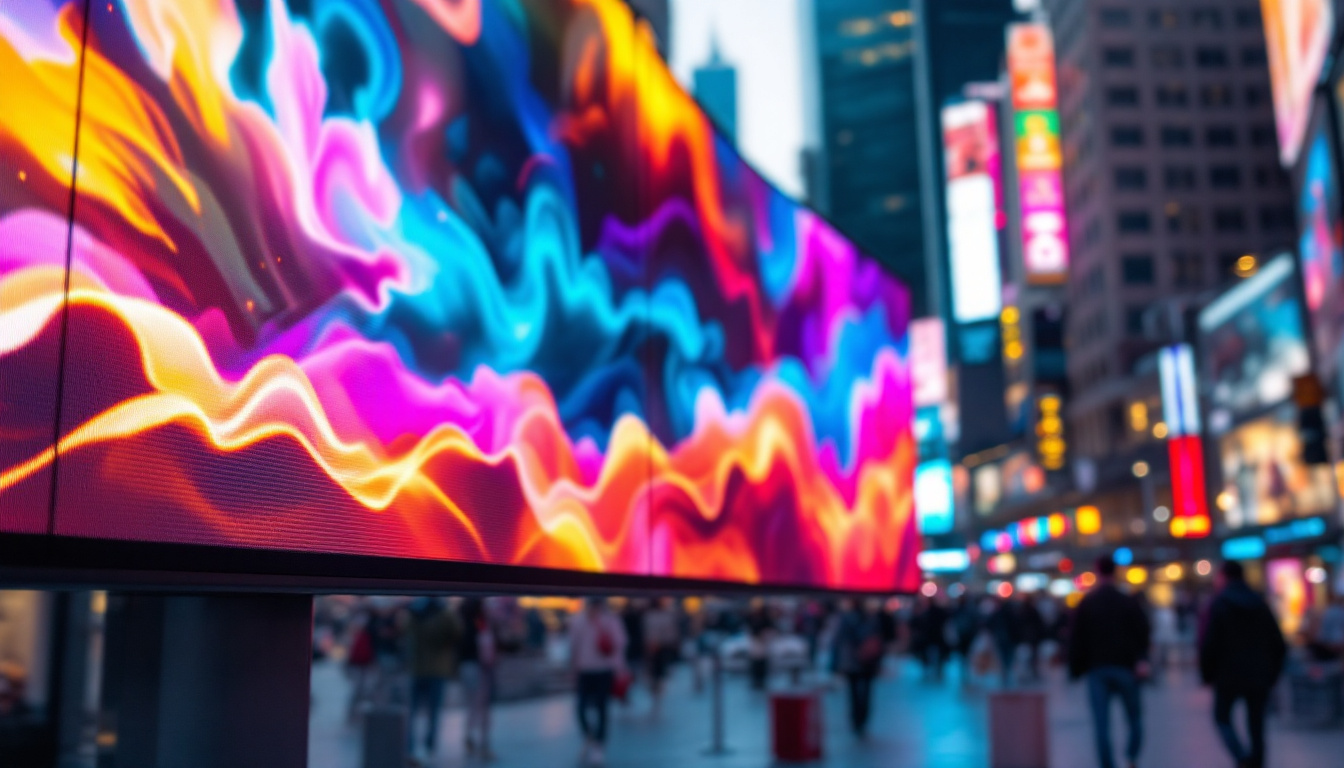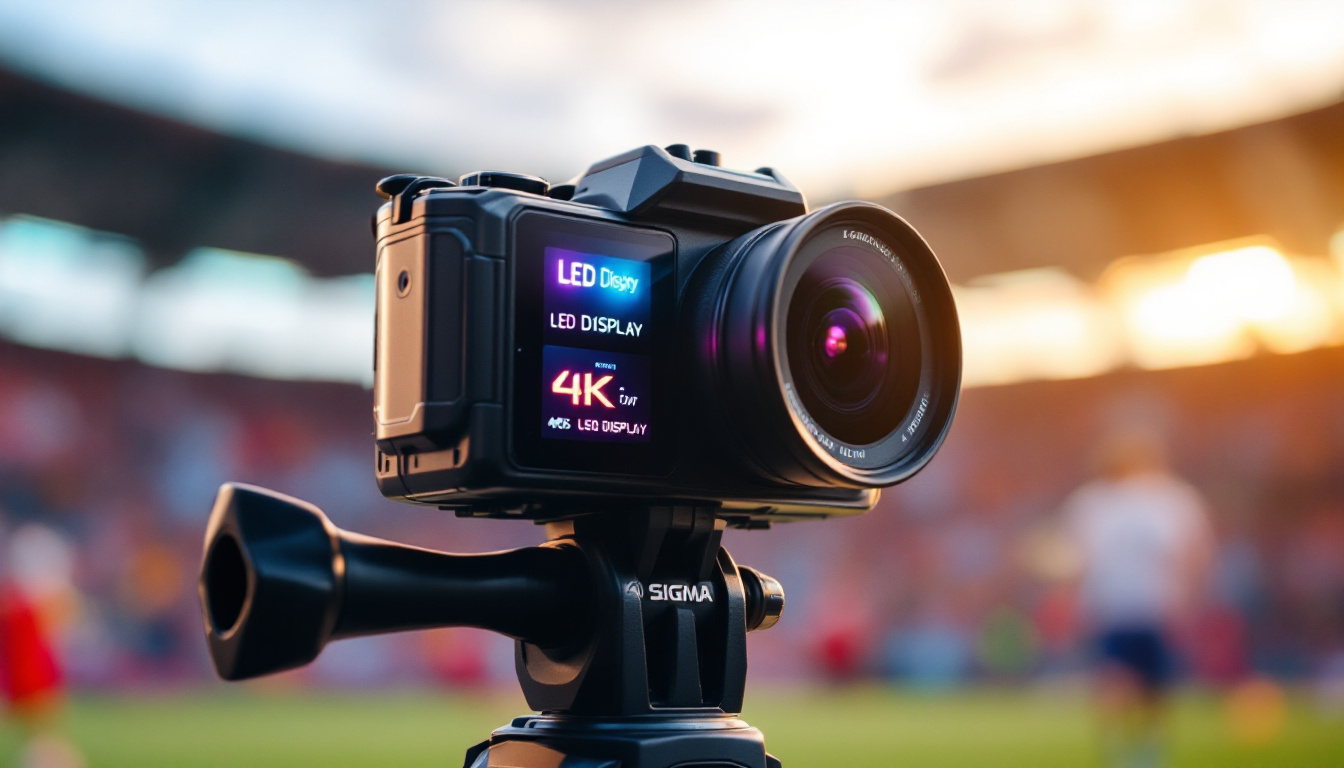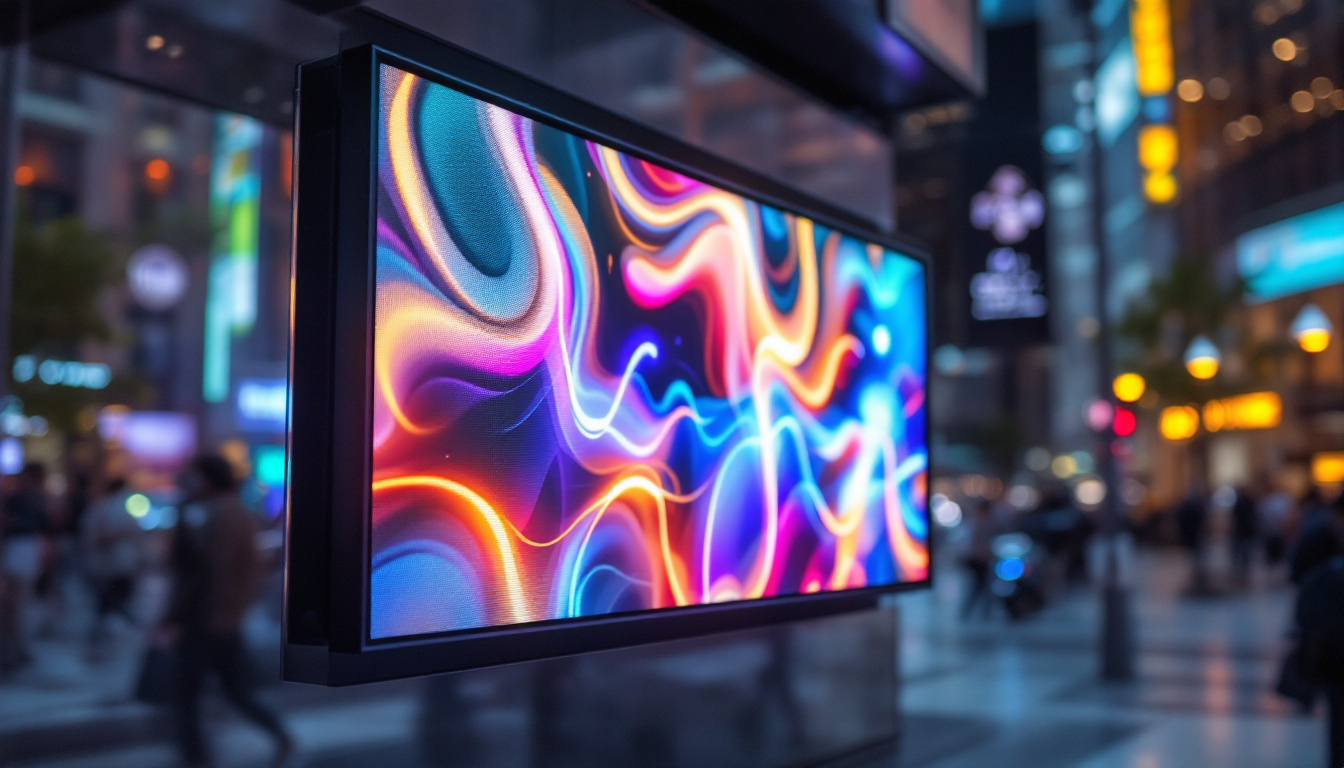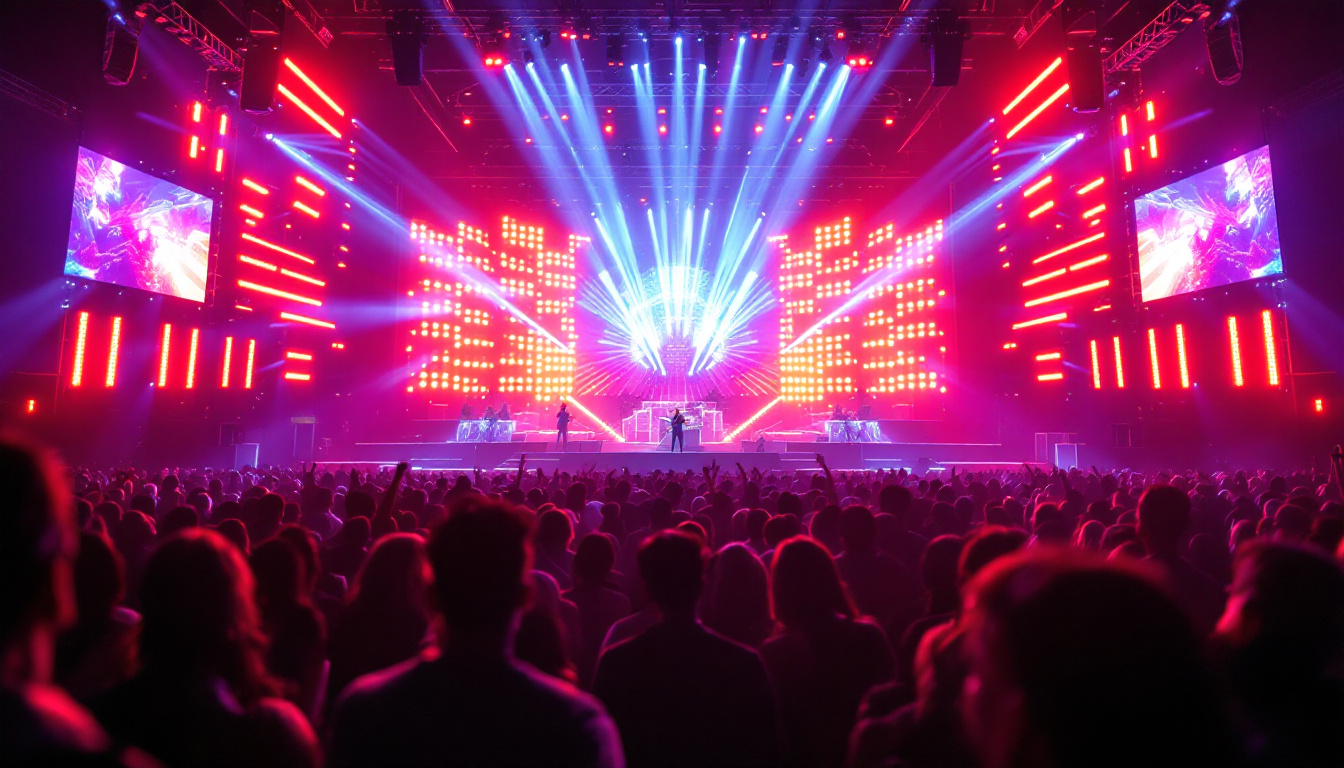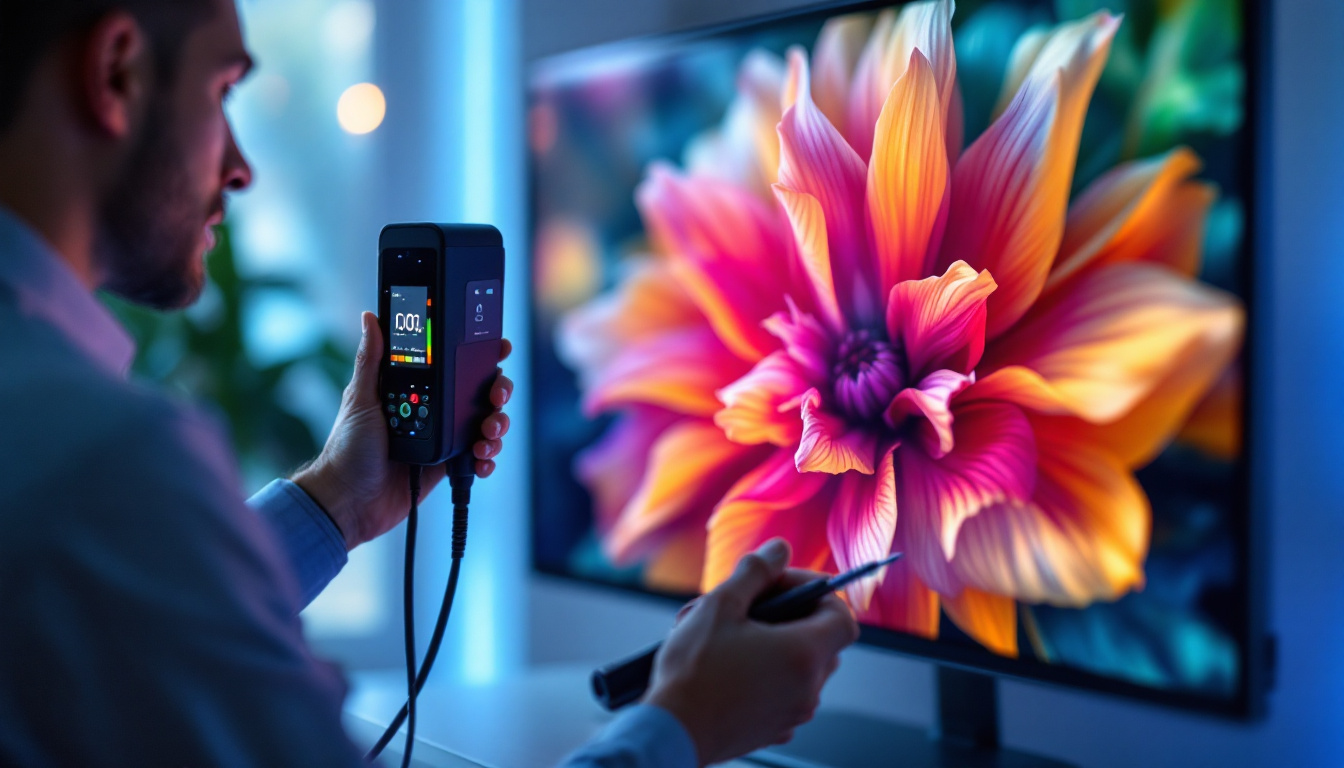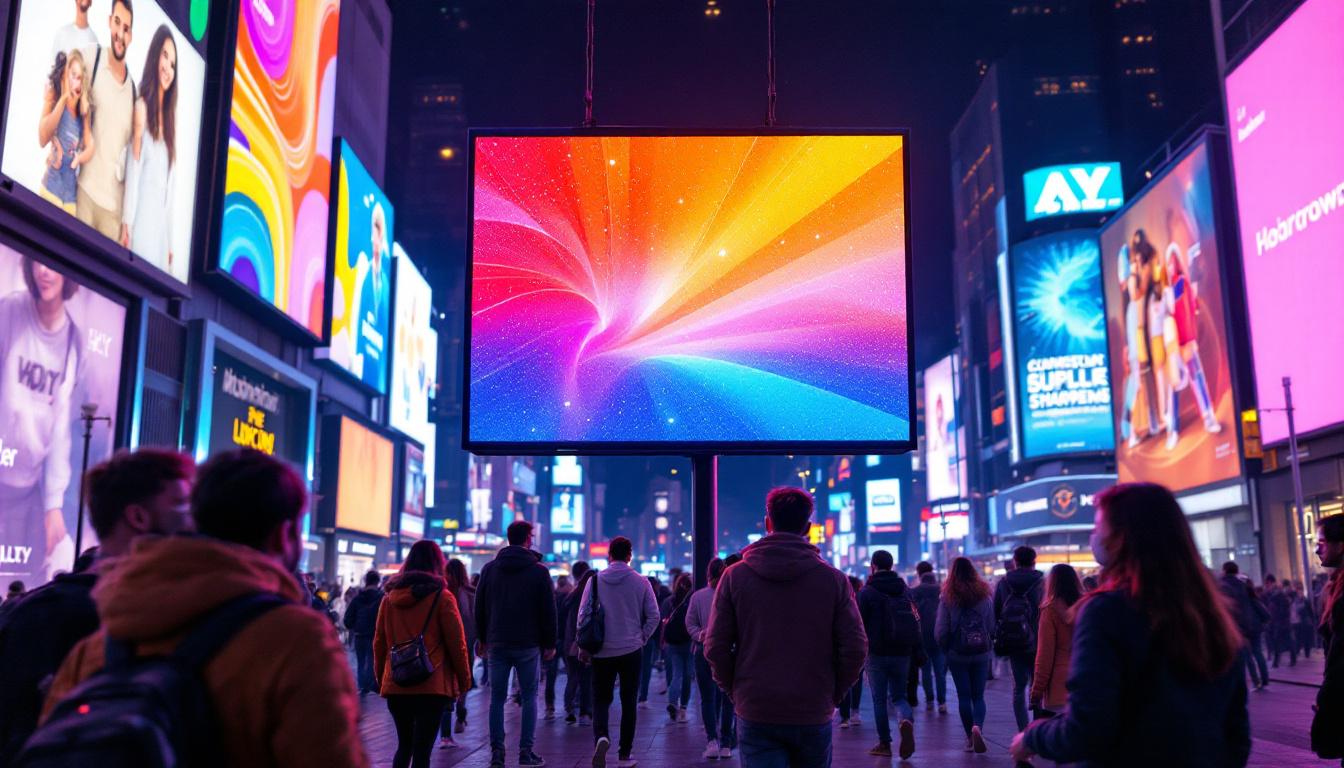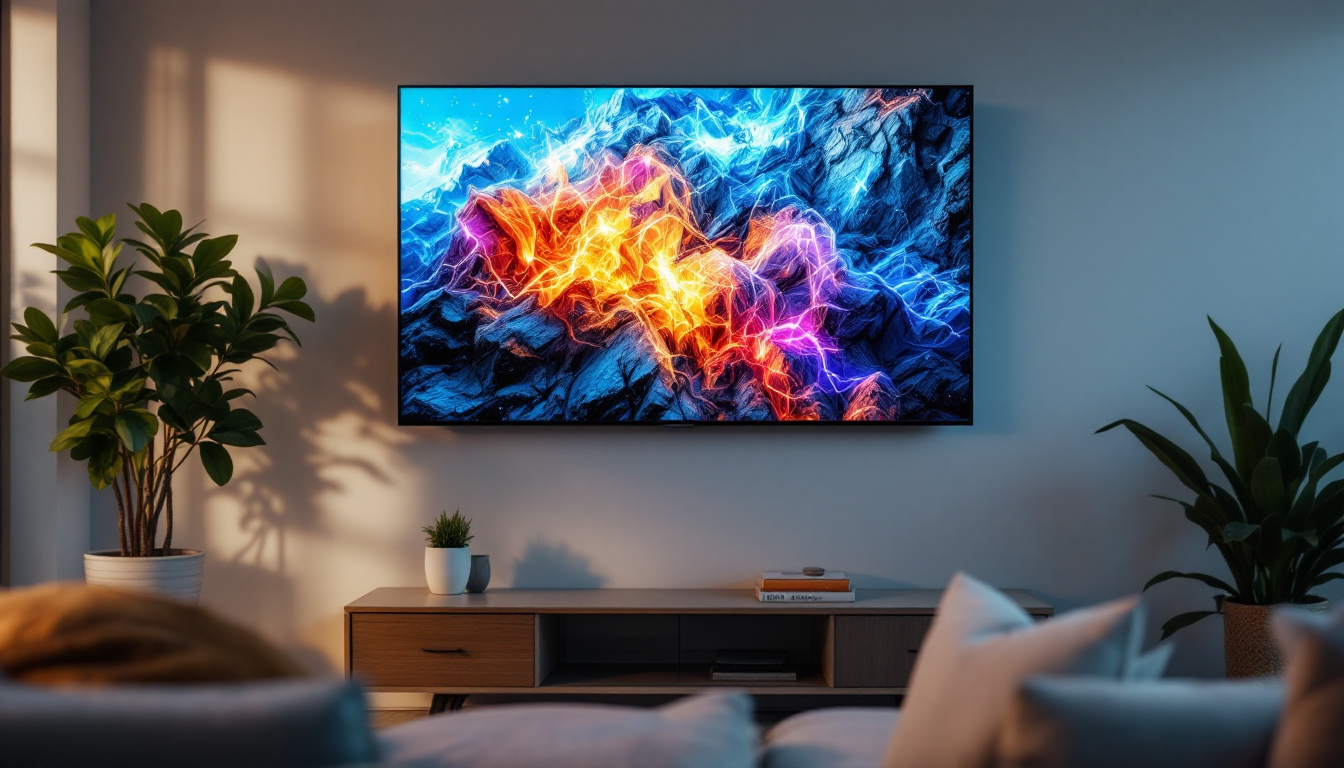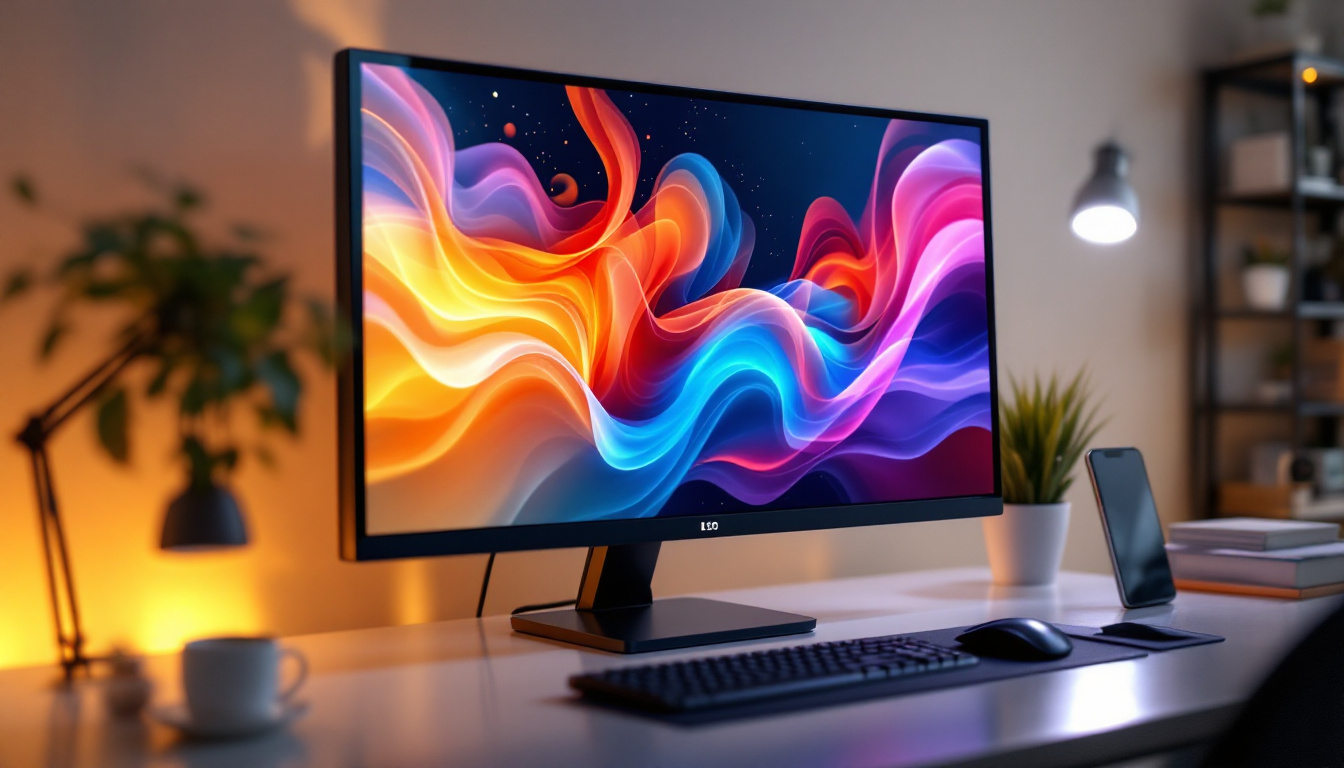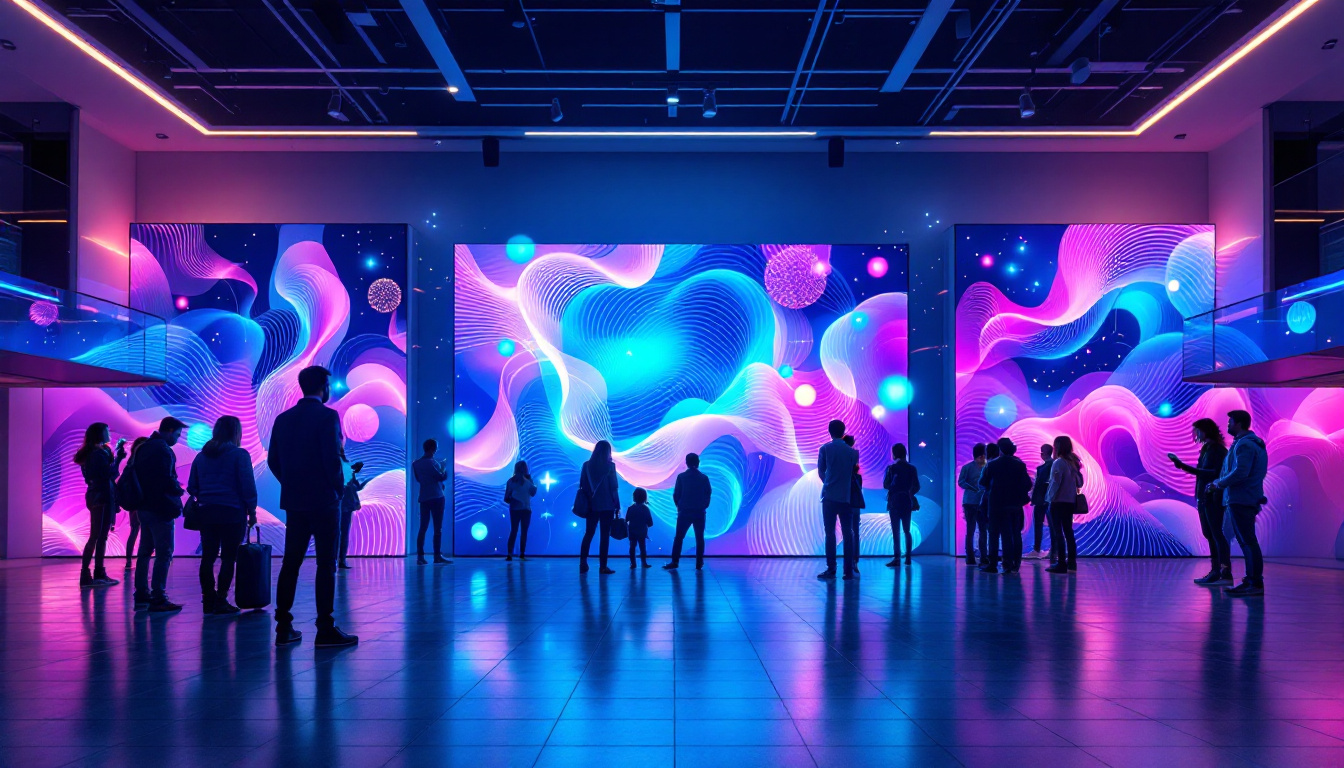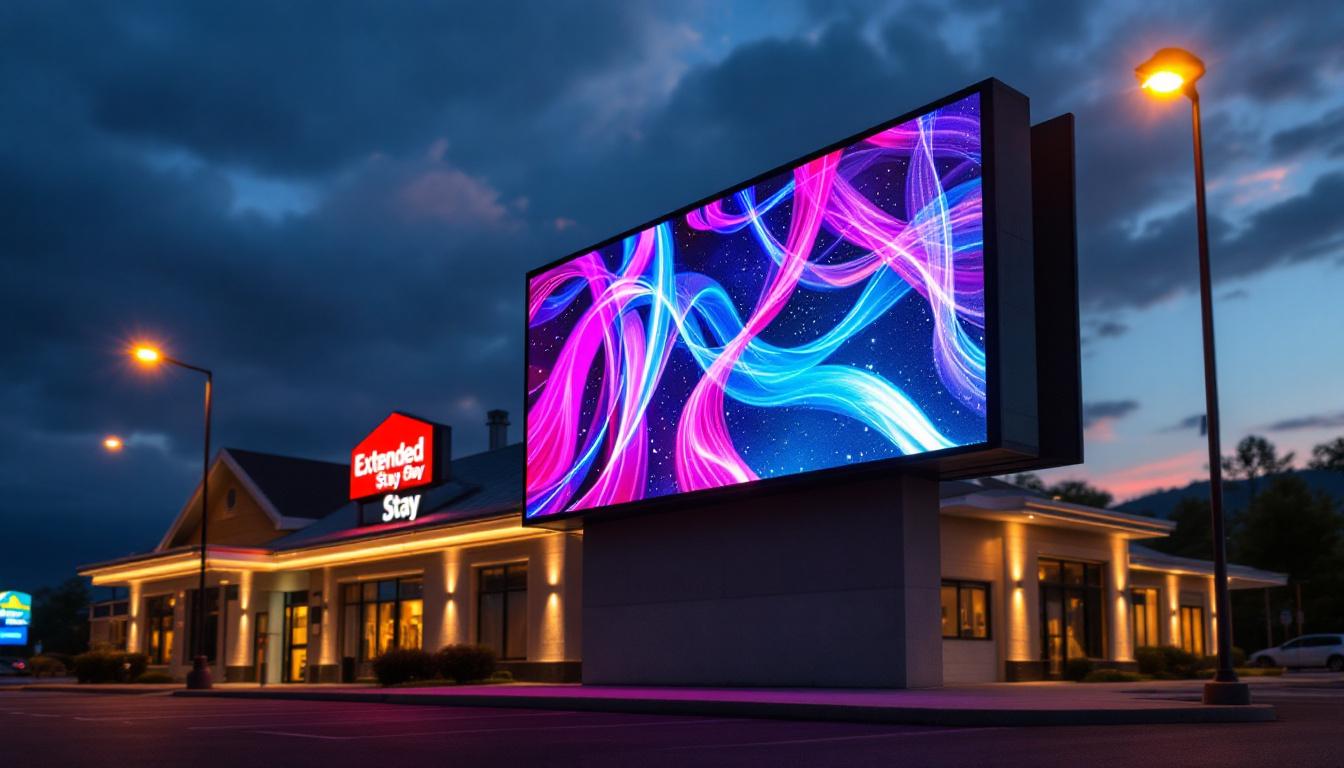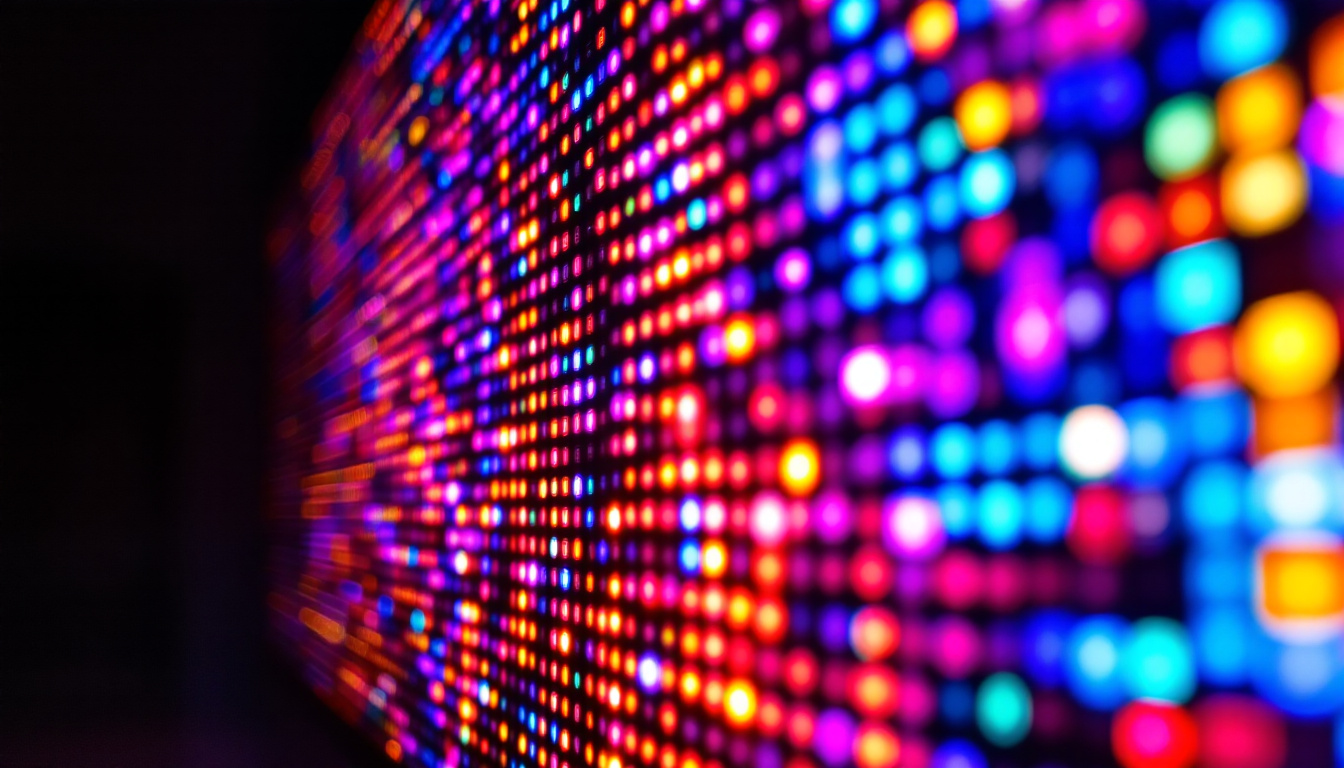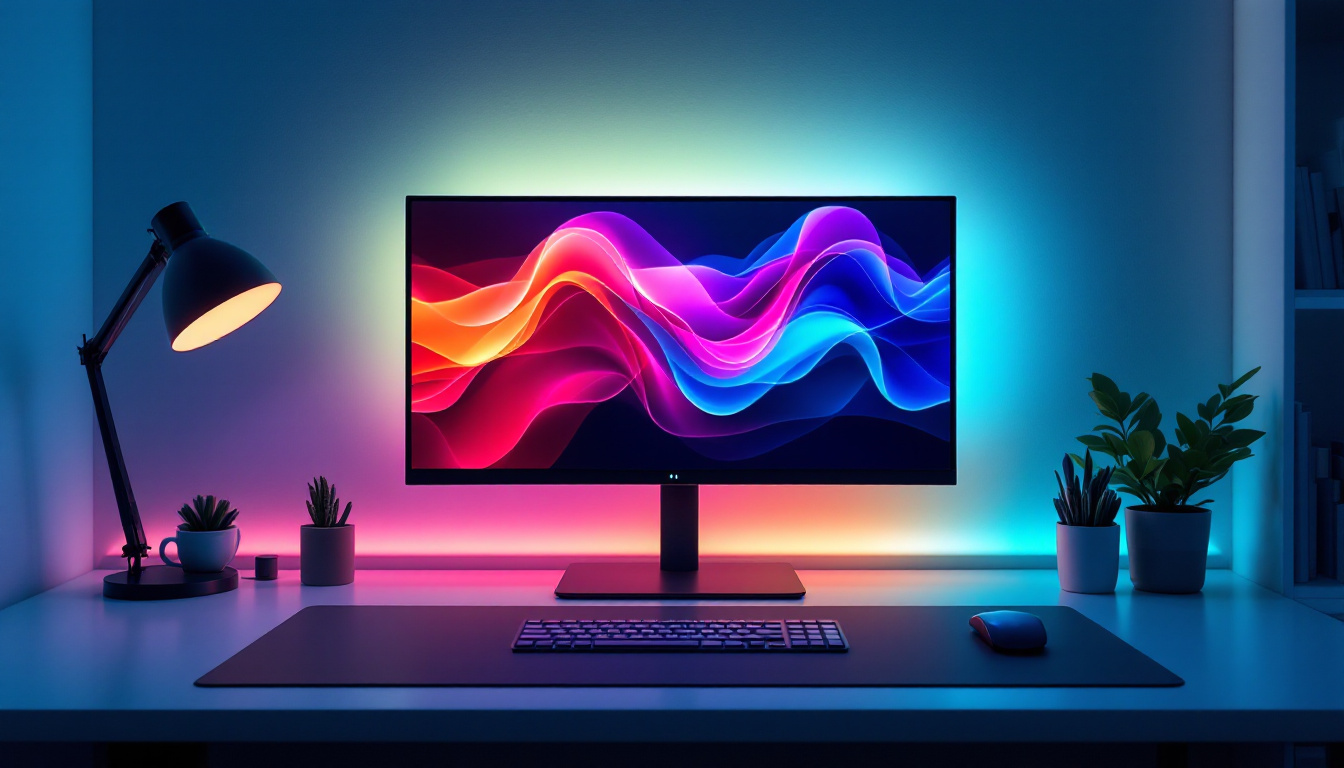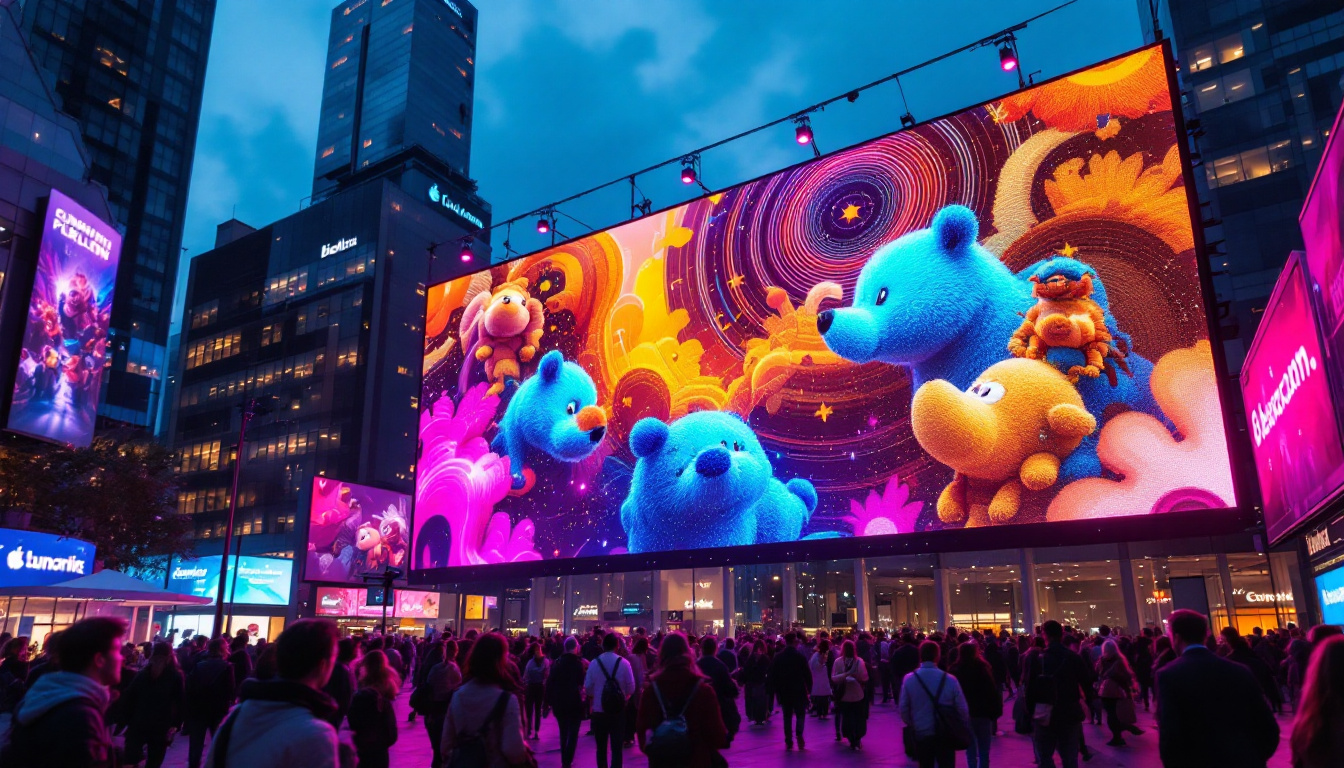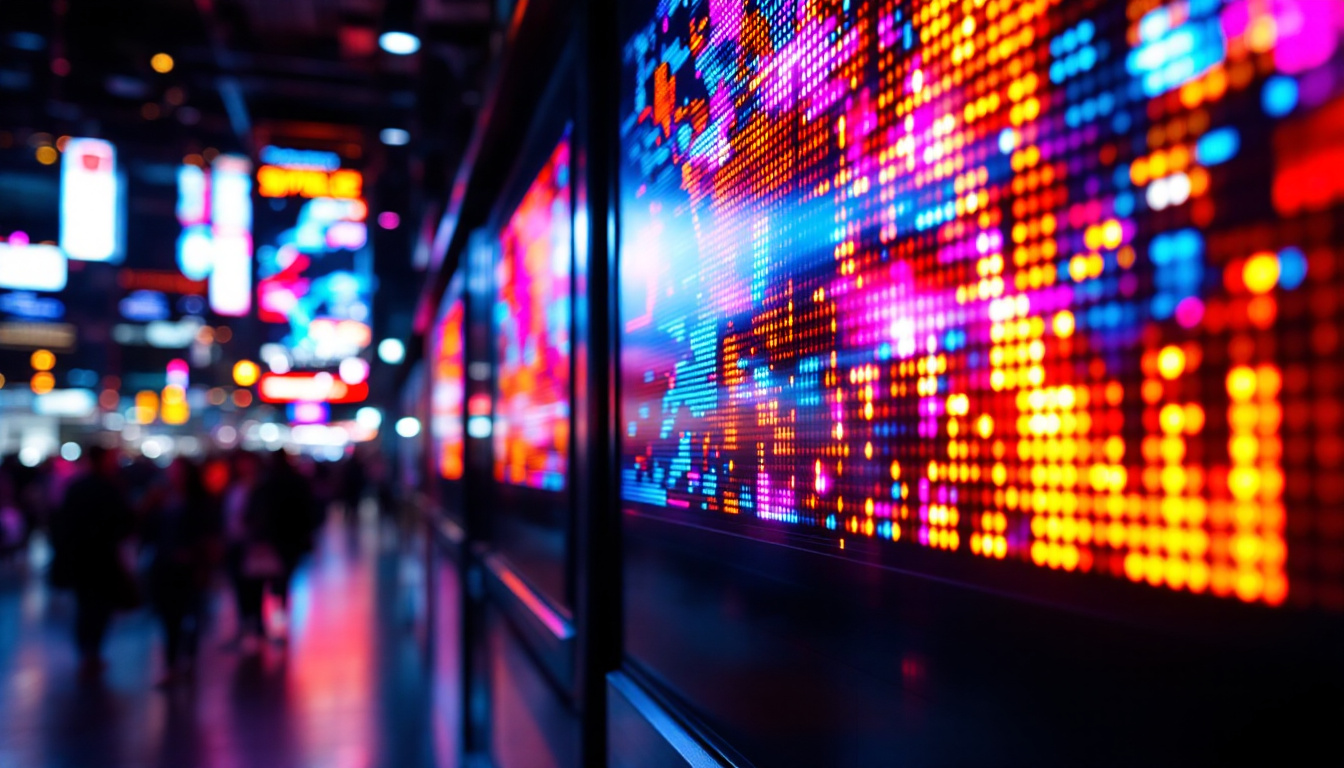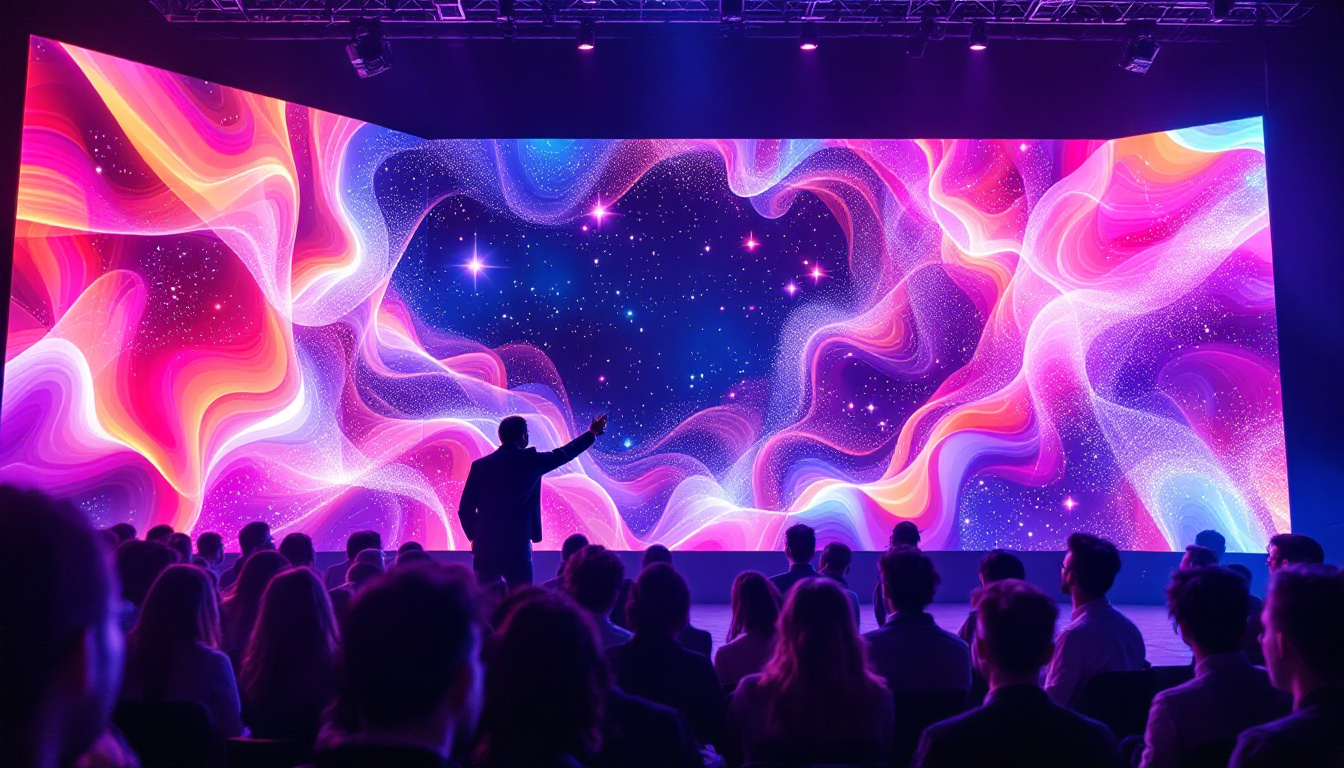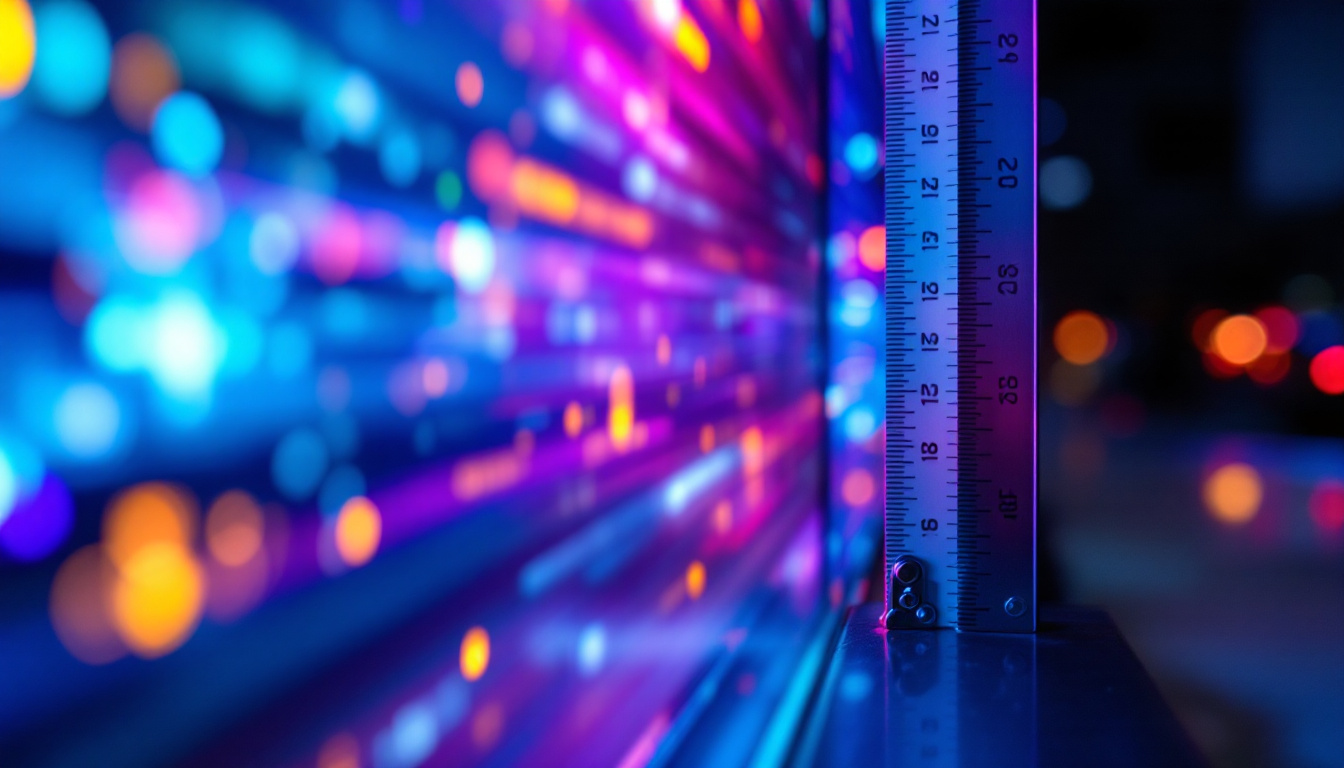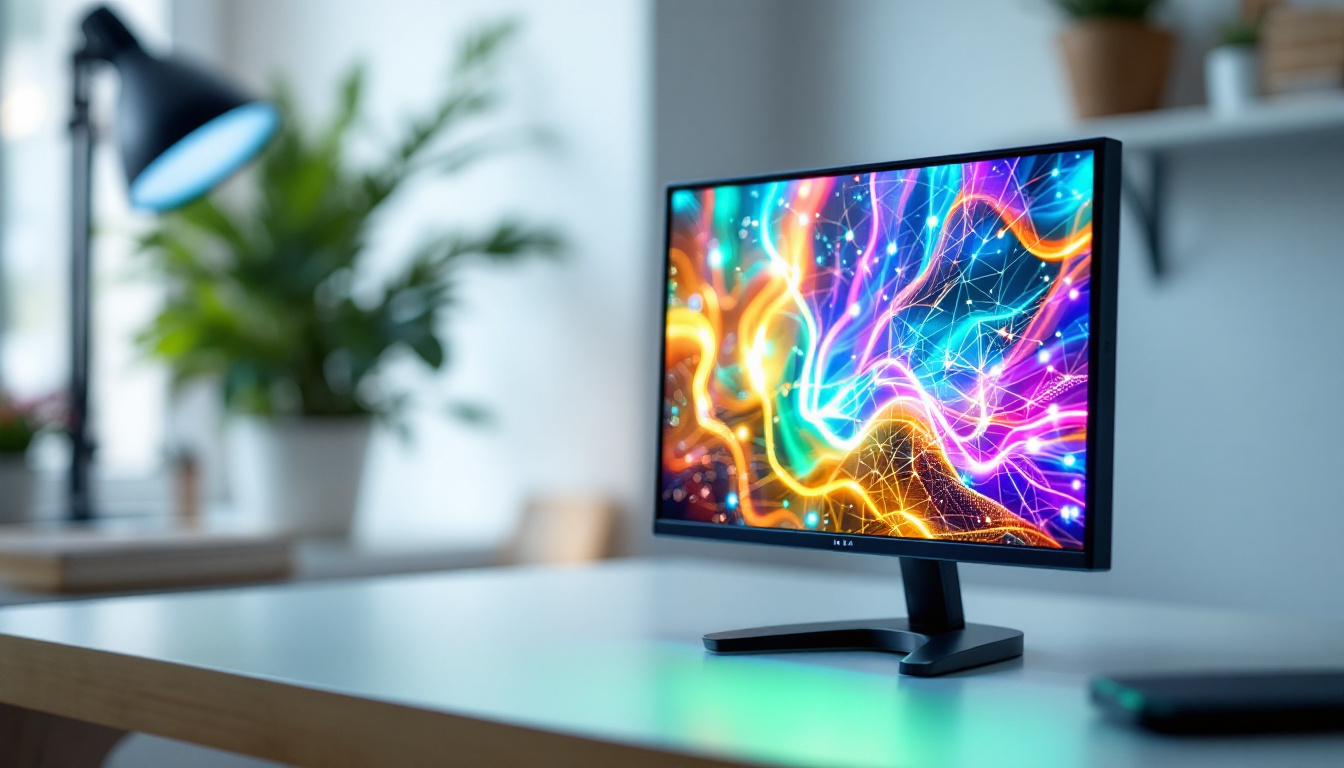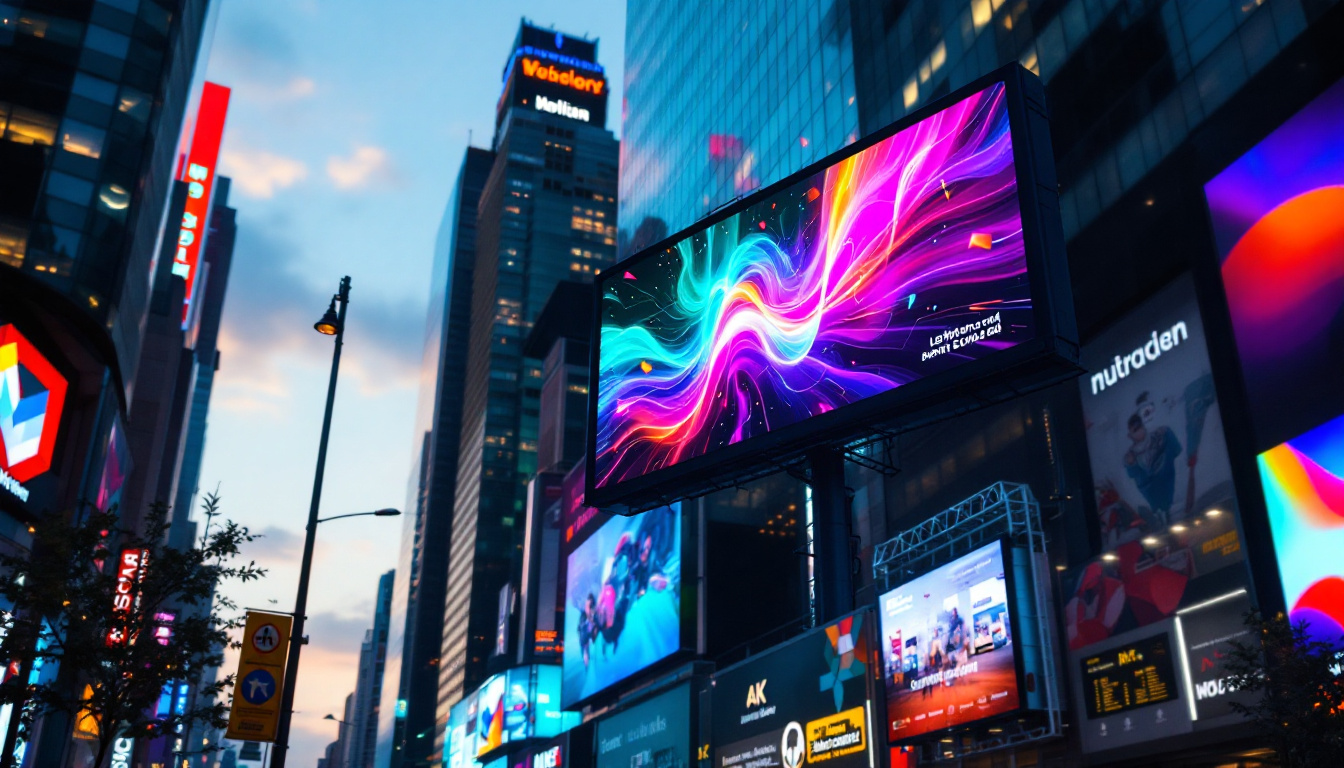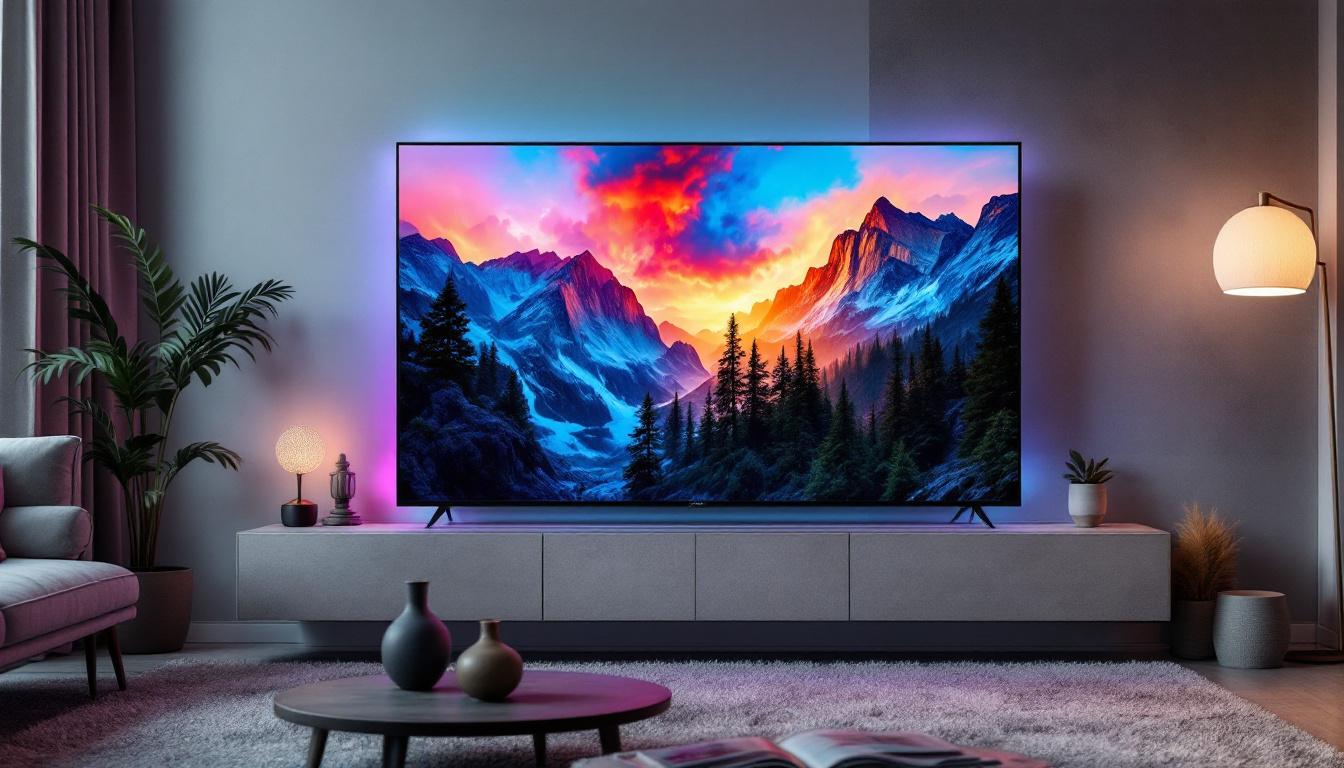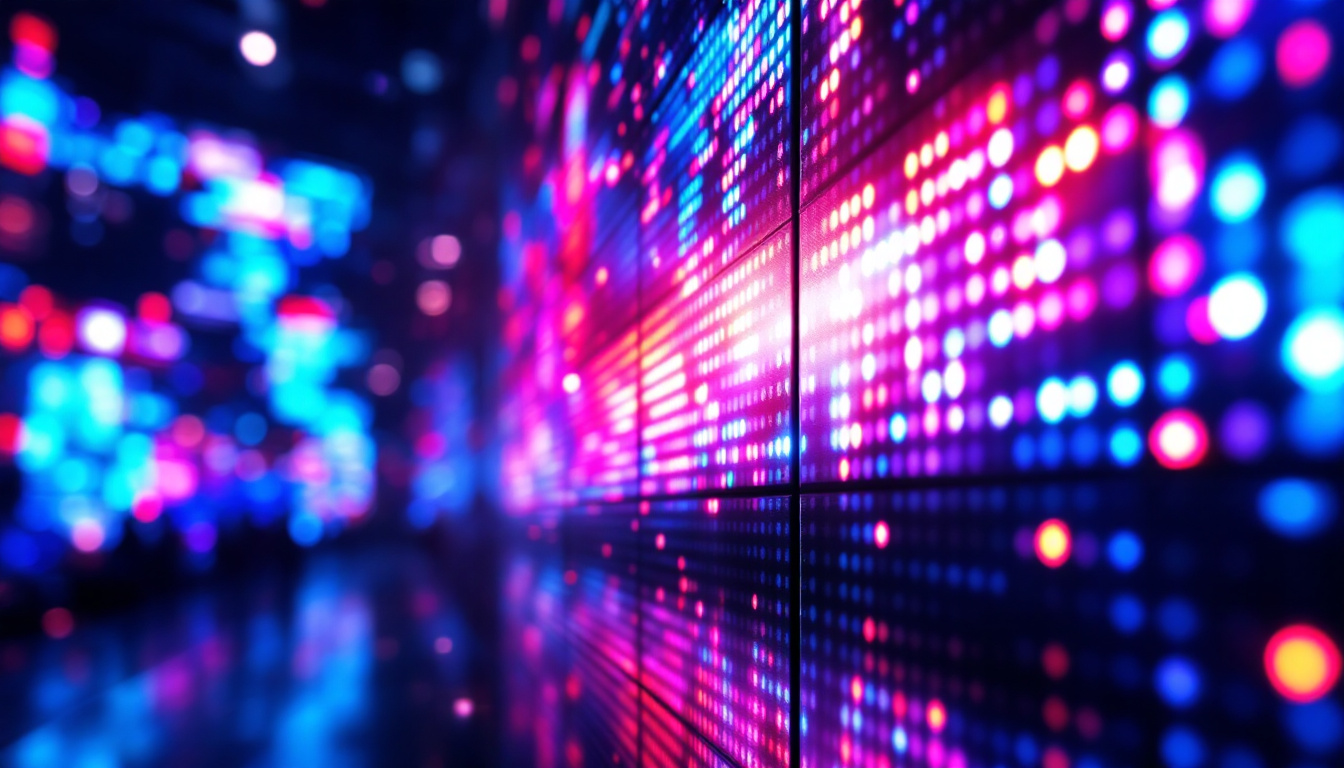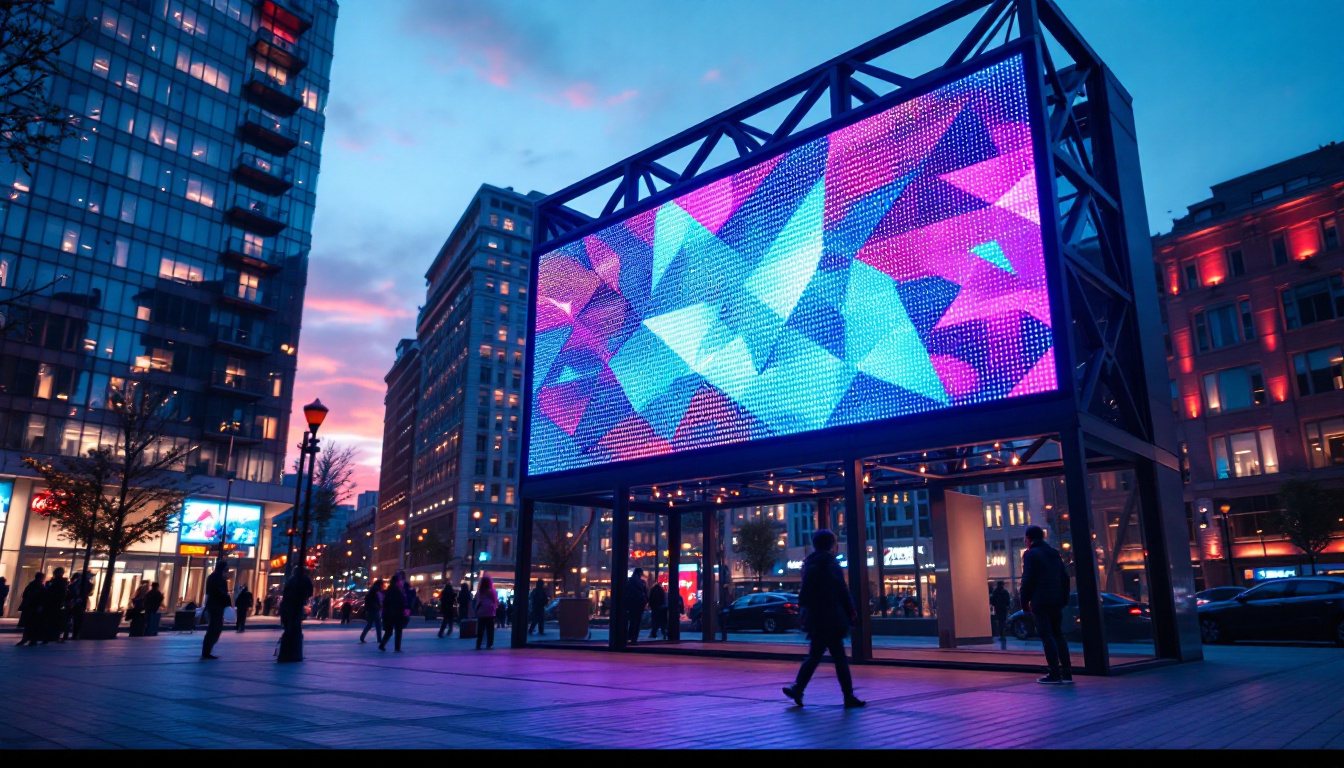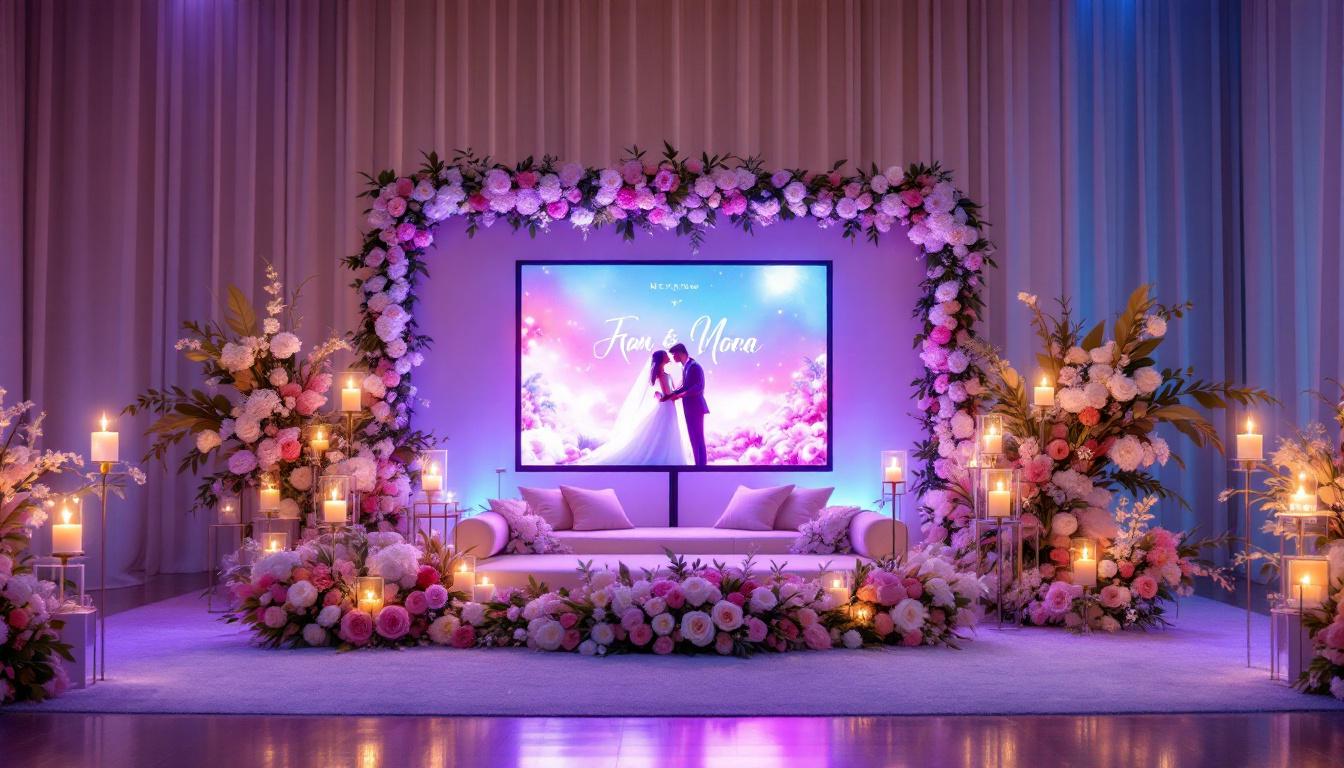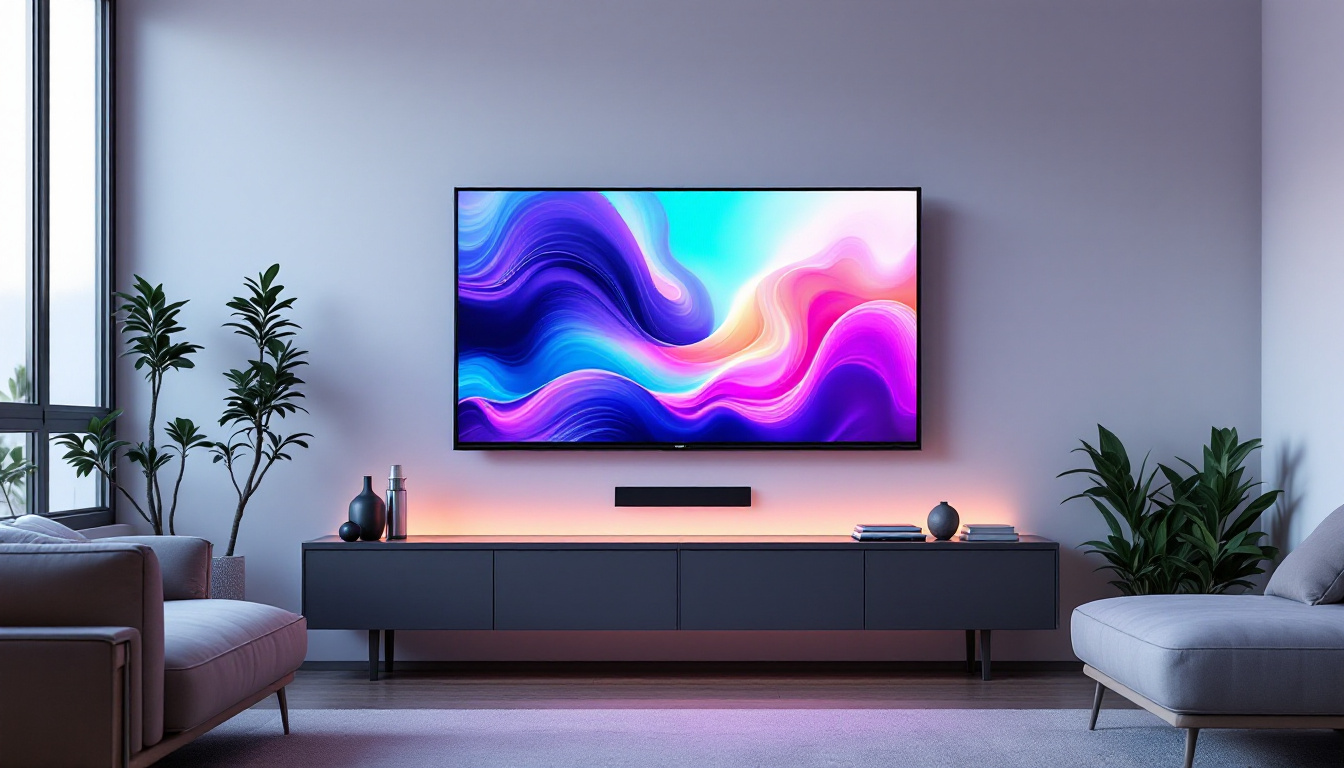In the world of modern technology, LED displays have become a crucial component of visual communication. They are widely used in various applications, from advertising and entertainment to information dissemination and public displays. This article delves into the intricacies of LED displays, their functionality, and the role of Tw Software in enhancing their performance.
Understanding LED Technology
Light Emitting Diodes (LEDs) are semiconductor devices that emit light when an electric current passes through them. This technology has revolutionized the way displays are designed and utilized, offering numerous advantages over traditional display methods. The shift towards LED technology has not only transformed consumer electronics but has also paved the way for more sustainable lighting solutions across various industries.
The Basics of LED Operation
LEDs operate on a simple principle: when electrons move through a semiconductor material, they release energy in the form of light. This process is known as electroluminescence. Unlike incandescent bulbs, which produce light through heat, LEDs are energy-efficient and have a longer lifespan. This efficiency translates into lower energy costs and reduced environmental impact, making LEDs a preferred choice for eco-conscious consumers and businesses alike.
Each LED is made up of a chip that is encased in a plastic lens. The lens helps to focus and direct the light, enhancing the brightness and visibility of the display. The combination of red, green, and blue LEDs allows for the creation of a full spectrum of colors, making it possible to produce vibrant images and videos. Additionally, advancements in LED technology have led to the development of smart LEDs, which can be controlled remotely and programmed for various lighting scenarios, further expanding their versatility.
Types of LED Displays
LED displays come in various forms, each tailored to specific applications. The most common types include:
- Outdoor LED Displays: Designed to withstand harsh weather conditions, these displays are typically used for billboards, sports arenas, and public information signage. Their brightness and durability ensure visibility even in direct sunlight, making them ideal for advertising and public announcements.
- Indoor LED Displays: These are used in venues such as theaters, shopping malls, and conference rooms. They offer high resolution and brightness, making them suitable for close viewing. The ability to create dynamic content on indoor displays enhances the consumer experience, drawing attention and engagement in retail spaces.
- Transparent LED Displays: A newer innovation, these displays allow light to pass through while still displaying images, making them ideal for retail environments. This unique feature enables businesses to showcase products behind the display while still communicating messages to customers, merging functionality with aesthetic appeal.
In addition to these common types, there are also specialized LED displays like flexible LED screens, which can be bent and shaped to fit various designs, and 3D LED displays that create immersive viewing experiences. As technology continues to advance, the potential applications for LED displays are expanding, leading to exciting developments in advertising, entertainment, and even architectural design. The integration of LEDs into everyday life is a testament to their versatility and the ongoing evolution of display technology.
The Advantages of LED Displays
LED displays offer numerous benefits that make them a preferred choice for various applications. Their advantages include energy efficiency, durability, and versatility.
Energy Efficiency
One of the most significant advantages of LED technology is its energy efficiency. LED displays consume significantly less power compared to traditional display technologies like LCD and CRT. This not only reduces operational costs but also contributes to a lower carbon footprint.
Furthermore, LEDs have a longer lifespan, often lasting up to 100,000 hours. This longevity minimizes the need for frequent replacements, making them a cost-effective solution in the long run.
High Brightness and Visibility
LED displays are known for their high brightness levels, which make them easily visible even in direct sunlight. This characteristic is particularly beneficial for outdoor applications, where visibility is crucial for effective communication.
Additionally, the ability to adjust brightness based on ambient light conditions ensures optimal viewing experiences at all times, whether in bright daylight or dimly lit environments.
Versatility in Design
LED technology allows for a wide range of design possibilities. Displays can be configured in various shapes and sizes, enabling creative installations that cater to specific branding or aesthetic requirements.
From large-scale video walls to small signage displays, the versatility of LED technology makes it suitable for diverse applications, enhancing the overall visual experience.
Tw Software’s Role in LED Display Management
Tw Software specializes in providing advanced solutions for managing LED displays, ensuring they operate at peak performance. Their software solutions enhance the functionality and usability of LED displays across various platforms.
Content Management Systems
At the core of Tw Software’s offerings is a robust content management system (CMS) that allows users to create, schedule, and manage content displayed on LED screens. This system provides a user-friendly interface that simplifies the process of updating and managing display content.
With Tw Software’s CMS, users can easily upload images, videos, and animations, and schedule them for specific times or events. This capability is particularly useful for businesses looking to promote products or services dynamically.
Real-Time Monitoring and Control
Another critical feature of Tw Software’s solutions is real-time monitoring and control of LED displays. This functionality allows operators to track the performance of their displays, ensuring they are functioning correctly and efficiently.
In case of any issues, the software can send alerts, enabling quick troubleshooting and minimizing downtime. This proactive approach helps maintain the reliability of LED displays, which is essential for businesses that rely on them for communication.
Integration with Other Systems
Tw Software’s solutions can seamlessly integrate with other systems, such as social media platforms, weather feeds, and event management tools. This integration enhances the versatility of LED displays, allowing them to display dynamic content that is relevant and timely.
For instance, a sports arena can display live scores and updates from social media, creating an engaging experience for the audience. This capability not only enhances viewer engagement but also maximizes the utility of the LED display.
Applications of LED Displays
The versatility of LED displays allows them to be utilized in a wide range of applications across various industries. Their ability to convey information effectively makes them a valuable asset in numerous settings.
Advertising and Marketing
LED displays have transformed the advertising landscape. Businesses can use vibrant, eye-catching displays to promote their products and services in real-time. The dynamic nature of LED technology allows for changing advertisements, ensuring that content remains fresh and engaging.
From digital billboards to in-store displays, LED technology enables marketers to reach their target audience effectively, increasing brand visibility and driving sales.
Entertainment Venues
In the entertainment industry, LED displays play a crucial role in enhancing the audience experience. Concerts, theaters, and sporting events utilize large LED screens to display visuals, live feeds, and effects that complement performances.
The high resolution and brightness of LED displays ensure that every detail is visible, creating an immersive experience for attendees. This technology has become a staple in modern entertainment venues, contributing to the overall atmosphere and engagement.
Public Information Displays
LED displays are widely used for public information dissemination, such as transportation updates, emergency alerts, and community announcements. Their visibility and ability to convey information quickly make them ideal for use in airports, train stations, and public spaces.
These displays can be updated in real-time, ensuring that the public receives timely and accurate information. This capability is especially critical during emergencies, where clear communication can make a significant difference.
The Future of LED Display Technology
As technology continues to evolve, so does the potential for LED displays. Innovations in LED technology are paving the way for even more advanced applications and functionalities.
Advancements in Display Resolution
One of the most exciting developments in LED technology is the advancement in display resolution. High-definition (HD) and ultra-high-definition (UHD) displays are becoming more common, providing sharper and more detailed images.
This improvement in resolution enhances the viewing experience, making LED displays suitable for applications that require precision, such as medical imaging and high-end advertising.
Smart LED Displays
The integration of smart technology into LED displays is another trend gaining traction. Smart LED displays can connect to the internet, allowing for remote management and content updates.
These displays can also use data analytics to tailor content to specific audiences, enhancing engagement and effectiveness. For example, a retail store could display promotions based on customer demographics and preferences, maximizing the impact of their advertising.
Sustainability Initiatives
As environmental concerns continue to rise, the LED industry is focusing on sustainability. Manufacturers are exploring eco-friendly materials and production processes to reduce the environmental impact of LED displays.
Additionally, energy-efficient designs and recycling programs for old displays are becoming more common, ensuring that the benefits of LED technology extend beyond their operational lifespan.
Conclusion
LED displays have become an integral part of modern communication, offering versatility, energy efficiency, and high visibility. With the support of innovative software solutions like those provided by Tw Software, the management and functionality of LED displays are continually enhanced.
As advancements in technology continue to emerge, the future of LED displays looks promising. From smart displays to sustainable practices, the evolution of this technology will undoubtedly shape the way information is conveyed in the years to come.
In summary, understanding LED displays and their applications is essential for businesses and organizations looking to leverage this technology for effective communication and engagement. With the right tools and strategies, the potential of LED displays can be fully realized, making them a valuable asset in any visual communication strategy.
Discover LumenMatrix’s Innovative LED Solutions
Ready to elevate your visual communication strategy with cutting-edge LED technology? Look no further than LumenMatrix, a pioneer in crafting mesmerizing LED displays that bring your brand to life. From vibrant Indoor and Outdoor LED Wall Displays to dynamic Vehicle and Sports LED Displays, LumenMatrix offers an array of solutions tailored to your unique needs. Experience the future of digital signage with our LED Poster Displays, Floor LED Displays, and revolutionary All-in-One LED Displays. Embrace transparency with our LED Transparent Display, and let LumenMatrix transform your message into an unforgettable visual journey. Check out LumenMatrix LED Display Solutions today and start creating captivating visual experiences that resonate with your audience.

